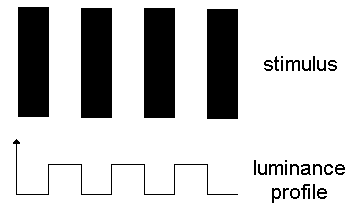
1. What information is provided by adaptation and by aftereffects?
2. How are spatial frequencies processed by the visual system?
3. What can the spatial frequency approach tell us about feature detectors?
4. What does perceptual development inform about the contributions of nature and nurture?
Methodology:
1) present test stimulus: get ________ response
2) present ________ stimulus: manipulate sensory/perceptual system
3) present test stimulus again: note whether ___________ has changed from baseline
General findings:
- organisms respond best to ________ stimulus impingements
- if a stimulus is presented for a sufficiently long time, it will cause a ________ in sensitivity to that stimulus (in the short term)
- by increasing the __________ between test and adapting stimuli, you can measure the generalizability of the effects of the adapting stimulus
(Shapley & Lennie, 1985)
Grating stimuli:

- easy to generate (oscilloscope + computer) and control
• ________:
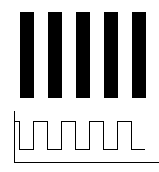 vs.
vs. 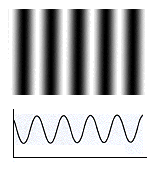
• physical ________:
 vs.
vs. 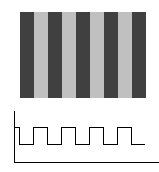
• _______ _________:
 vs.
vs. 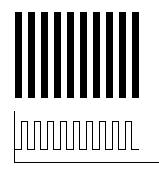
• ___________:
 vs.
vs. 
- spatial frequency of gratings described in terms of ______ _____: size of the retinal image in degrees

tan (α) = size / distance = 2.4 cm / 70 cm = 0.034, therefore α ≈ 2°
- easy to understand: gratings change regularly over space; can be described precisely using _______ analysis (decomposes spatial pattern in terms of sine waves)
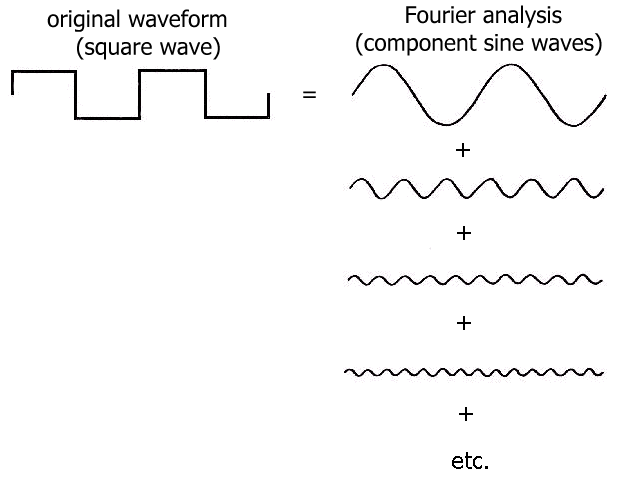
Blakemore & Sutton (1969):
- used moving gratings:
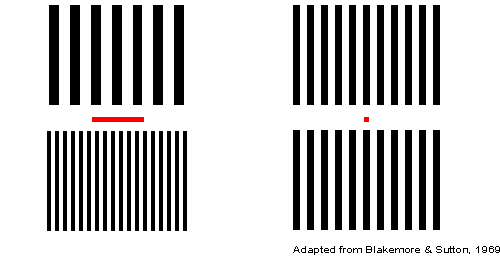
- found that adapting to a wide grating made test stimulus seem ______ (and vice-versa)
Other findings:
- adapting to ____-________ grating decreases sensitivity
(e.g., grating of same spatial frequency but lower contrast may be seen as uniform ____ field!)
- adapting to a vertical grating affects gratings with low angular _________ (but not, say, a horizontal grating)
Physiology:
1) present certain _______ stimulus to organism
2) find neuron activated by the grating
3) __________: _______ decreases rate of response to below baseline (like inhibition)
Note: this is not a general fatigue of the system, but a highly selective one.
Modulation Transfer Function:
- describes ability of a system to preserve _______ frequency information after it has been encoded
e.g., a spatial frequency of 100,000 black & white lines/degree of visual angle cannot be encoded by the visual system; perceived as a uniform grey field
- for humans, MTF is the ________ ___________ function
________ _____ = (LMAX - LMIN) / (LMAX + LMIN)
- based on physical measures of light
- however, ________ contrast affected by spatial frequency:
e.g., wide bars appear darker than narrower bars
Creating CSF (Campbell & Robson, 1968):
1) present observer with a _______ of black & white bars of a certain spatial frequency
2) change ________ between the black and white bars until observer no longer perceives the stimulus as a grid
3) select another spatial frequency and repeat
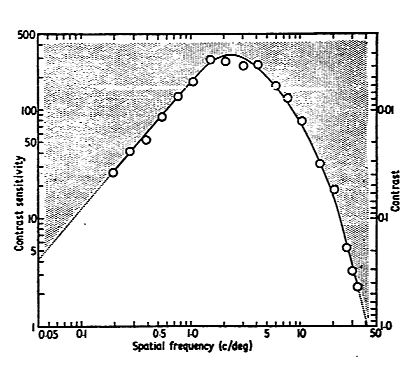
- describes ______ and contrast sensitivity:
Is this a __________ function?
1) adapt to a spatial frequency by presenting a grating of 7.5 cycles/degree
2) redetermine CSF
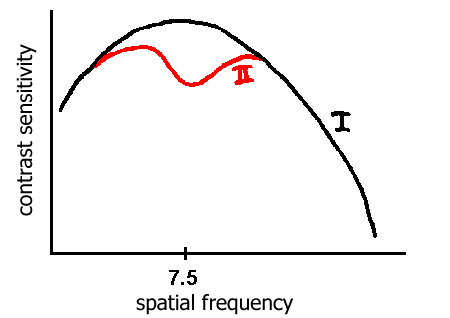
- CSF may be comprised of a series of spatial frequency “________” (De Valois & De Valois, 1990):
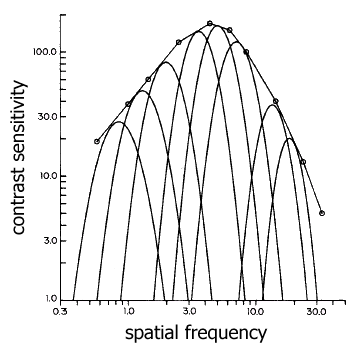
- each ______ cell responds best to a narrow range of spatial frequencies (Maffei & Fiorentini, 1973)
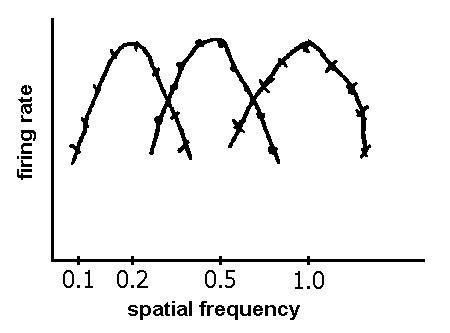
- thus, adaptation effects may be due to neural _______
A given centre-surround receptive field of a certain size can detect only a grating stimulus that has a specific matching size:
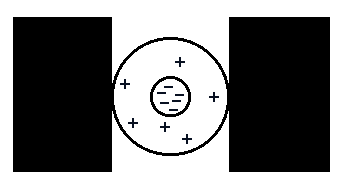
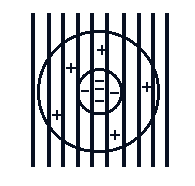
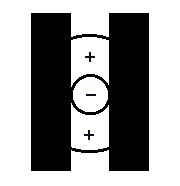
Is the visual system using sine waves to decompose a visual scene?
- a sine wave may be approximated by a ________ function (~normal curve)
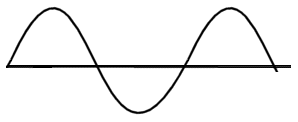
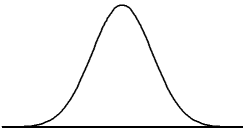
- move stimulus across a centre-surround receptive field:
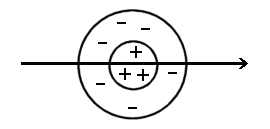
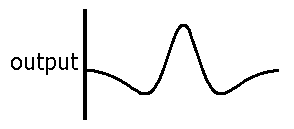
- this function looks like a “__________-__-________” (DOG):
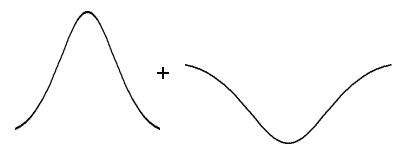
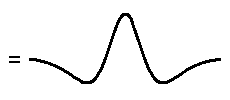
- centre-surround receptive fields produce an output (DoG) that is an approximation of a sine wave
- as we will see, centre-surround receptive fields (and DoGs) are essential for edge detection
Orientation
- ____ ___________: adapting to tilted grating makes a vertical test grating seem tilted the other way (Gibson & Radner, 1937)
- feature detectors are (slightly) _________: a vertical grating also activates other detectors (with similar orientation)--albeit to a lesser extent
- effect is obtained even when eyes are moving, implicating a cortical (not retinal) mechanism
- activity profile of neurons, responding to ________ grating before adaptation:
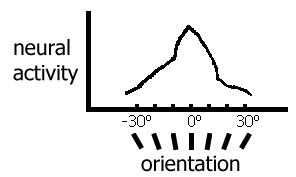
- present +10° grating
- after adaptation, present ________ grating again
- the -10° orientation cell fires most:
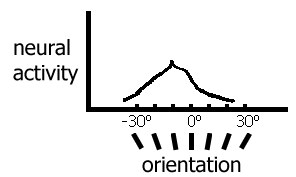
- ___________ is important: greater sensitivity to horizontal and vertical lines (oblique effect)
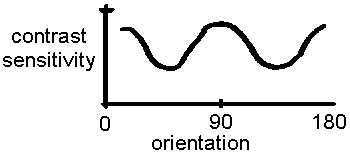
- is it ___________ that our world is comprised largely of horizontal and vertical lines?
- or does the visual system _____ to features in the environment?
Held & Hein (1963):
- ___________ reared kittens: their only visual experience was in a “tube” of vertical stripes
- one kitten could walk freely; the second was placed in a gondola that moved when the first kitten walked
- both kittens had the same visual __________
- the kitten whose visual experience was the result of self-guided locomotion developed normal vision
- but the kitten in the gondola never developed normal vision
- conclusion: vision does not develop _________, but through interactive exploration of the visual world
Blakemore & Cooper (1970):
- selectively reared kittens in a tube with either vertical or horizontal stripes
- when kittens were tested, they were functionally _____ to certain stimuli
- no neurons found to be responsive to lines __________ to the rearing environment
Wiesel (1982):
- deprived kittens of visual experience: some right after birth, some later in life
- only _____ visual deprivation produced irreversible blindness (to shapes/forms)
- there is a ________ ______ for visual development: time during which particular visual experience is required to develop normal vision
- during critical period, neurons in the visual system exhibit __________--interconnections can be changed
Experience-dependent neural plasticity:
- different aspects of vision develop at different times
- for example, motion detection develops before face recognition; there are differences in timing of critical periods between the M and P pathways (LeVay et al., 1980)
- disagreement exists over the cellular and molecular mechanisms underlying the plasticity of the critical period in vision (Katz, 1999)
e.g., loss of connectivity from thalamus to visual cortex, myelination
e.g., effects of norephinephrine, NMDA receptors, expression of certain neurotrophins (proteins that signal survival, growth, and differentiation of neurons)
- there is also evidence for experience-dependent neural plasticity in the _____ visual system (Hooks & Chen, 2007)
Why are there critical periods?
- heredity × environment interaction
- we are ___________ to develop vision--in a given environment
- allows organism to _____ to its own particular surroundings
- selective rearing results in a long-term change in sensitivity, whereas adaptation produces a short-term one
Human evidence: the true story of Shirl Jennings
• described in “To See or Not See” in An Anthropologist on Mars (Oliver Sacks, 1995), and depicted in At First Sight (1999)
• cataracts were removed after almost 50 years
• had to relearn “______” and never completely regained his vision